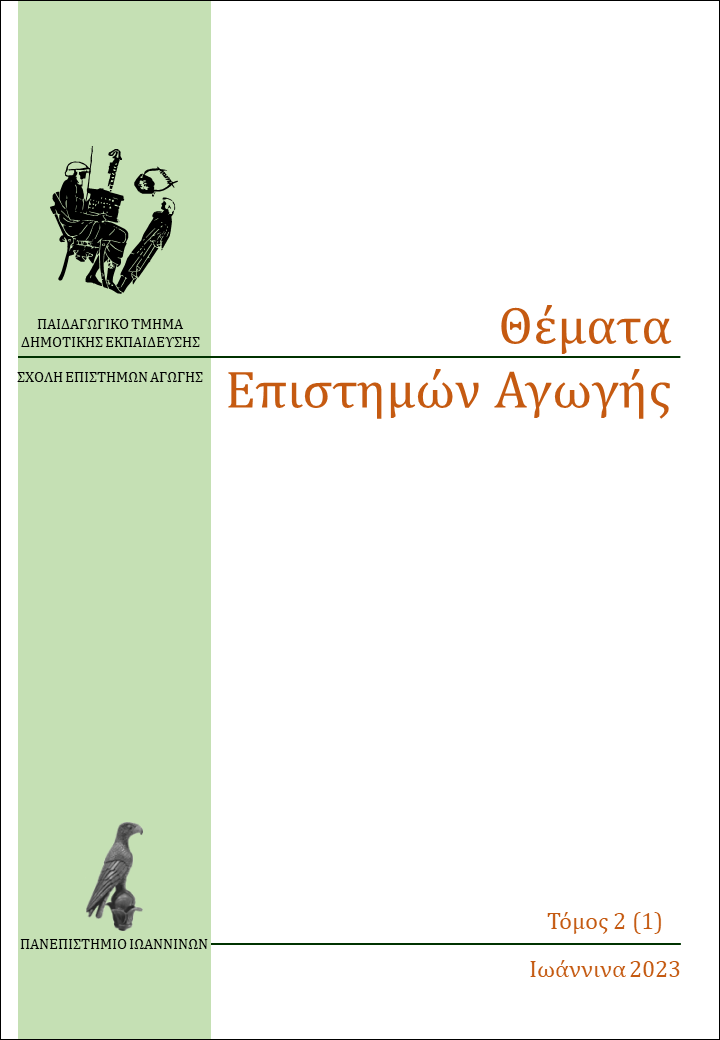Music listening as an emotion regulation strategy of university-students during COVID-19 lockdown

Περίληψη
Τhe purpose of the current study was to examine the impact of positive music listening experience and musical emotion regulation strategies as predictors of university-students’ affect during COVID-19 lockdown. Two hundred and three undergraduate students completed an on-line self-report questionnaire consisting of Positive Music Listening Experience Scale, Music Uses and Gratifications Scale, Positive and Negative Affect Schedule. Results indicate that students’ positive affect is positively related with positive music listening experience as well as with negative mood management, whereas negative affect is negatively related with negative mood management. Furthermore, positive music listening experience was the only predictor of positive affect, while both emotion regulation strategies were predictors of negative affect. Results indicate the importance of music listening as an emotion regulation strategy of students during pandemic. The practical applications and limitations of the research are discussed.
Λεπτομέρειες άρθρου
- Πώς να δημιουργήσετε Αναφορές
-
Vasiou, A., Danou, S., & Sideris, A. (2023). Music listening as an emotion regulation strategy of university-students during COVID-19 lockdown. Θέματα Επιστημών Αγωγής, 2(1), 56–66. https://doi.org/10.12681/thea.30467
- Τεύχος
- Τόμ. 2 Αρ. 1 (2023)
- Ενότητα
- Επιστημονική Αρθρογραφία


